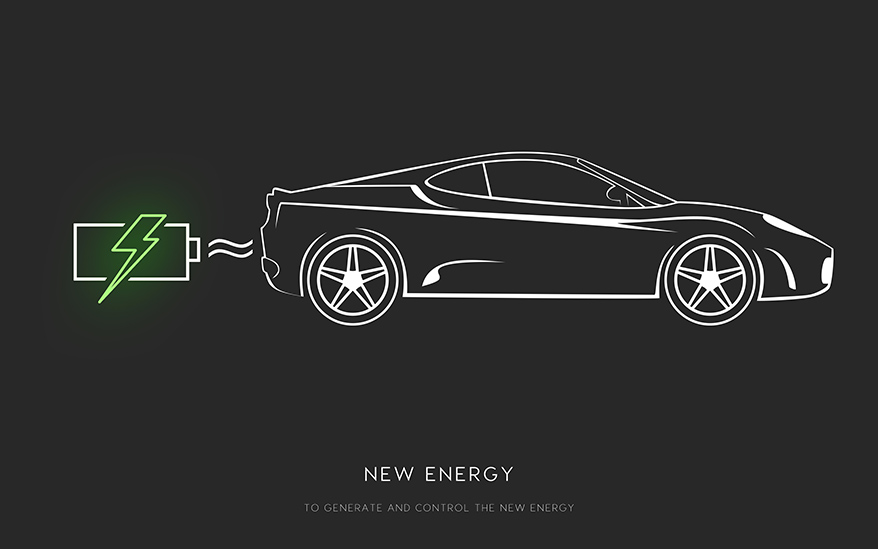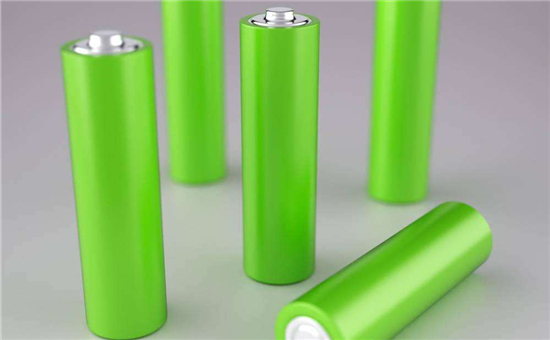Lithium-ion Battery Separator Membrane - Definition, Function, and Development
Dec 26, 2019 Pageview:2431
Introduction
Lithium-ion batteries have become the main choice for portable electronic devices. They have become popular in the fields of military, electric vehicle, andspecial. Lithium-ion batteries are characterized by different separator membranes. These membranes depend upon the nature of the electrolyte being used. These batteries have high-density energy and high specific power. These advantages cannot be availed from other electrochemical energy storage. The working of the battery involves charging and discharging.?
The three main components of the battery are anode, cathode and an electrolyte. The electrolyte functions as an electronic separator. It may be a solvent, salt, separator or a solid-ion conducting membrane. If a liquid electrolyte is used, then a membrane is required to separate two electrodes. The membrane should be porous so that the electrolyte can flow through it. Polymer gel electrolyte is a common type of membrane that is used in the lithium-ion batteries. This membrane prevents positive and negative electrodes to contact each other and also provide fast ionic transport to complete the circuit.?
What is the lithium-ion battery separator membrane?
It is a permeable membrane that is placed between the anode and cathode of the battery. These membranes are critically important in liquid containing electrochemical batteries. A separator is formed of polymeric membranes. It forms a microporous layer and is chemically stable concerning the electrolyte. This membrane should be mechanically strong enough to withstand high tension during battery construction. These membranes have particular properties that directly affect the performance and working efficiency of the battery. They can affect energy densities, power densities, cycle life and safety of the battery.
The material used to make membranes may be non-woven fibers, polymer films or any naturally occurring substance. Liquid membranes consist of a solid and liquid phase inside a microporous separator. Solid ion conductors play the role of the separator as well as an electrolyte. These separators may be single or multiple sheets of the material. These membranes are fabricated from organic and inorganic materials. They are also made by dry processes that increase the power density of the battery. Some of the membranes used in lithium-ion batteries are given below:
Solid polymer membranes
The polymer electrolyte is solid and dry and contains no organic liquid. Polyethylene oxide is largely used. It is formed by dissolving a lithium salt in polyethylene oxide to form a conductor.
Microporous Separators
This membrane is used in liquid electrolyte batteries. The membrane prevents the contact of cathode and anode and allows free ionic transport. The presence of the separator may decrease the effective conductivity of the electrolyte and enhances the value of cell impedance. Thinner separators are used to increase the ionic conductivity.??
Non-woven Films
It is processed from fibers in the textile. It enhances the absorbance of the electrolyte and makes ionic resistance low. It increases the efficiency of charging and discharging of the battery. They have low weight and are porous. These characteristics make them ideal to be used as separators.
What is the function of lithium-ion battery separator?
The separator membrane is moistened with electrolyte and it forms a catalyst that speeds up the movement of ions from the cathode to anode on charging and in reverse direction in case of discharge. The separator acts as an insulator with poor electrical conductivity. A very small amount of current pass through this separator which is called as self-discharging. The separator is a barrier between the anode and the cathode and enables the exchange of lithium ions. The electrolyte can be absorbed into the porous separator to achieve a chemical reaction. The arrangement of the separator and the electrodes provides the battery with mechanical support. They provide chemical stability to the battery.
When the battery gets excessive heat, the pores of the separator are closed and stops the transport of ions. This prevents the cell from burning. It works as an internal safety fuse for the battery. Ceramic coated materials are used as separators as they do not melt and this gives the battery extra safety. In a multilayered separator, the layers have different phase transition temperatures. The component with low melting point melts and it fills the pores of the other component, stopping the flow of ions. It reduces the current as of the temperature of the cell rises. Separators also exhibit hydrophilic character with extraordinary mechanical properties.
What is the recent development of the lithium-ion battery separator membrane?
Science and technology has a pivotal role to play in the present era. New technology is designed to enhance the capacities of the lithium-ion batteries. High capacity anodes and cathodes are being developed. The advancement in lithium-ion separators will ensure the extra safety of the battery. There are numerous challenges to cope with, regarding the membrane separators used in batteries. The modification in the separators has increased in recent years because the surface of the polymer greatly affects the efficiency and the safety of the battery.
If fillers are added, then the performance of the battery increases due to ionic conductivity. For this purpose, inert oxide ceramics, carbon materials, and lithium fillers are used. The new blends based on natural and conductive polymers within the membranes separator are also being used. The future demand is to obtain a polymer with the porosity of more than 50%. The use of ionic liquids as an electrolyte is also under consideration. The prospects focus to increase the quality of the polymer matrix and the fillers to obtain mechanical stability and improve the cycling performance of the battery. A composite separator with methylcellulose as a gel polymer electrolyte is being developed. It will allow environment-friendly separators which perform excellent mechanical and thermal processes. Zeolites and clay are also under consideration to be used as fillers. The battery separators in the lithium-ion batteries affect all the characteristics related to high power and efficient cycling performance of the battery.
- Prev Article: Lithium-ion Battery Overview-Definition, Working Principle, and Application
- Next Article: Cylindrical Lithium Ion Battery
Leave Message
Hottest Categories
-
Hottest Industry News
-
Latest Industry News












